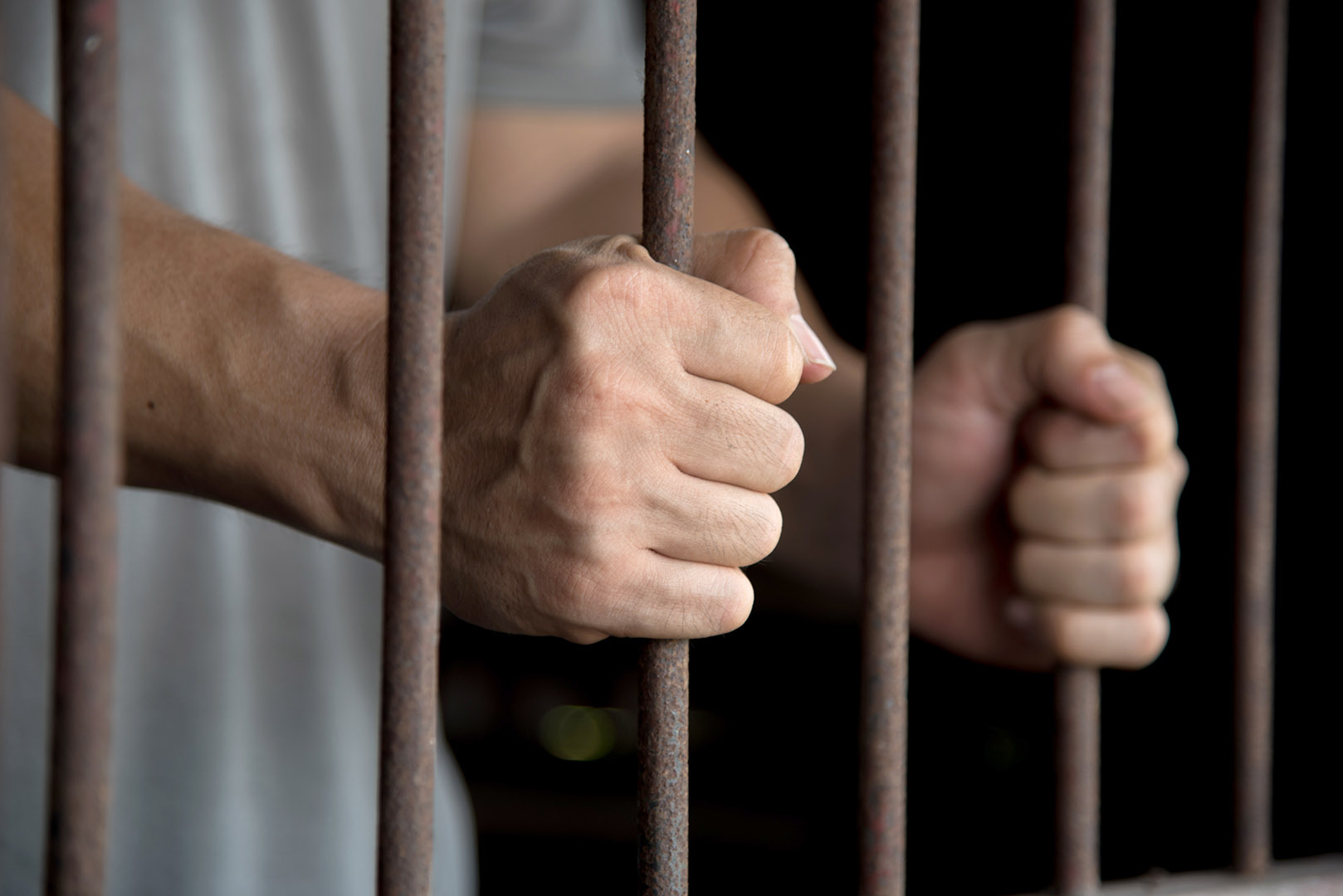Open stainless-steel toilets, metal framed beds and brick walls were those usually seen on countless TV shows and movies while stories of inmates serving time for multiple crimes such as murder, robbery and drug trafficking were those often read and forgotten thereafter. But thanks to the World Press Institute (WPI), which facilitated a visit to the California State Prison in San Quentin, north of San Francisco, we were able to experience up-close the life of inmates behind bars or in prison cells.
San Quentin State Prison, which was established in July 1852, is California’s oldest correctional institute. It has the state’s only gas chamber and death row for male inmates, although it has not carried out any executions since 2006.
While we were inside a dorm, we heard the blare of an alarm resulting from a confrontation between an inmate and a prison guard. We saw the inmates seated on the floor, following the standard procedure, and two armed prison guards rushing into the problematic cell while our group quickly vacated the premises. Although we were later informed that things had returned to normal, the experience was surreal.
This incident took me back to several articles I had written on the deadliest prison riots that occurred in my home country, Sri Lanka. Through these reports, I was able to highlight the injustice caused to the victims as a result of the authorities having failed to promptly investigate the Welikada Prisons Riot in 2012, where 27 inmates were shot dead.
None will argue the fact that prisoners are criminals, nor will anyone argue the fact that prisoners are also human beings. The inmates at San Quentin shared their intimate, traumatic childhood experiences and their lives inside the prison, mental health struggles, and the institutional support for those keen on continuing their education and their future plans when released.
Some of them had come to the prison as kids. States have been wrestling with this question over the past decade in the wake of multiple U.S. Supreme Court rulings that automatic sentencing of juveniles to a prison term without the possibility of parole is unconstitutional, because kids have a unique ability to grow and change and that therefore they deserve a second chance in life.
Some had been as young as 14 or 15 when they were first arrested. From 2003 to 2018 more than 11,500 youths aged 14 to 17 had been moved into adult courts across California, according to “Vanishing Violence,” a yearlong investigation by the San Francisco Chronicle about falling youth crime.
However, media reports reveal that California is still struggling to come to terms with the manner in which it previously treated young offenders, some of whom continue to remain behind bars serving sentences that the state now views as too severe. Although it is hard to arrive at an exact figure; state officials say that in 2013 an estimated 6,500 had been convicted of crimes committed as juveniles and were now serving adult sentences at prisons in California.
One of the inmates we spoke to was a 35-year-old who was imprisoned at age 19 for shooting a man. He is not walking out of the prison gate, as he is serving a life sentence. “People should be given a second chance at life to correct their mistakes and lead a new meaningful life,” he said.




